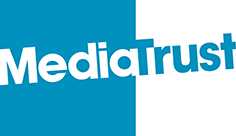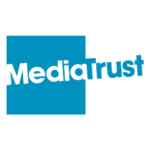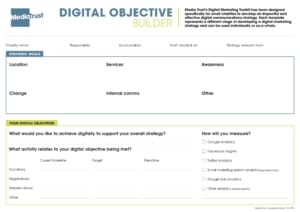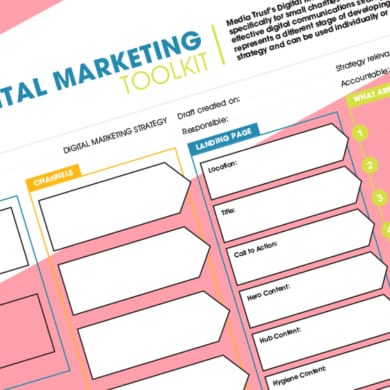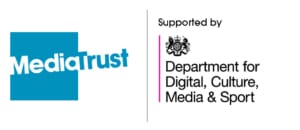What is a digital objective?
Digital objectives serve your organisational objectives. Your digital objective will look like this example below:
Trajectory Theatre wants to bring in £20,000 in funding in 2019/20 to do this we will engage potential funders and supporters through our email news letter increasing email subscribers by 20% on our current baseline of 100 by 30 November 2019.
We will measure this through our email marketing system analytics. To do this we will set up an email sign up on our website. Jo will be responsible for this objective being met, supported by Charlotte.
After completing the Digital Objective Builder Template, you should be able to complete the sentences below to form your own digital objective:
[Charity name] wants to [organisational objective] to do this we will [digital objective] increasing/decreasing [activity] by [x%/ actual number] on [our current baseline] by [date].
We will measure this through [measurement tool]. To do this we will set up [any systems or processes that need to be established]. [staff member name] will be responsible for this objective being met, supported by [staff or volunteers who are involved].
Completing the template will enable you to form a well thought out digital objective and provide clear direction to achieve it. Feel free to use the template sentence multiple times for your organisation’s different digital objectives.

